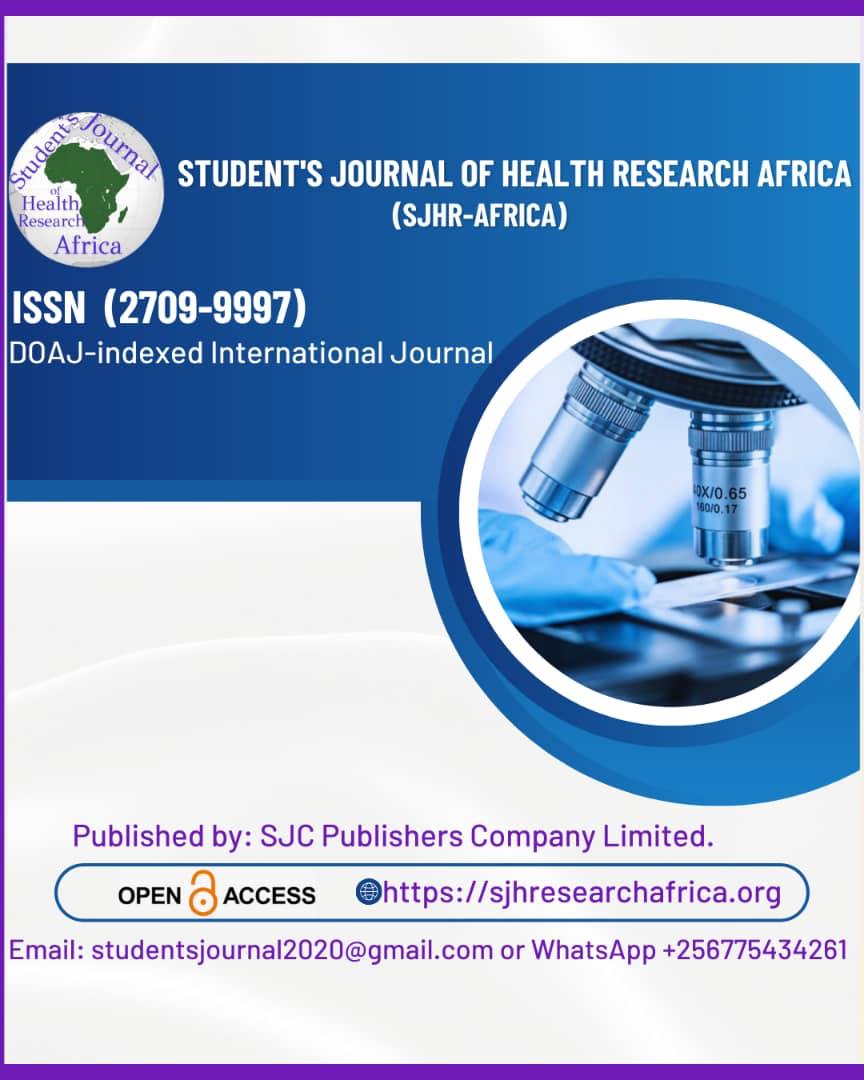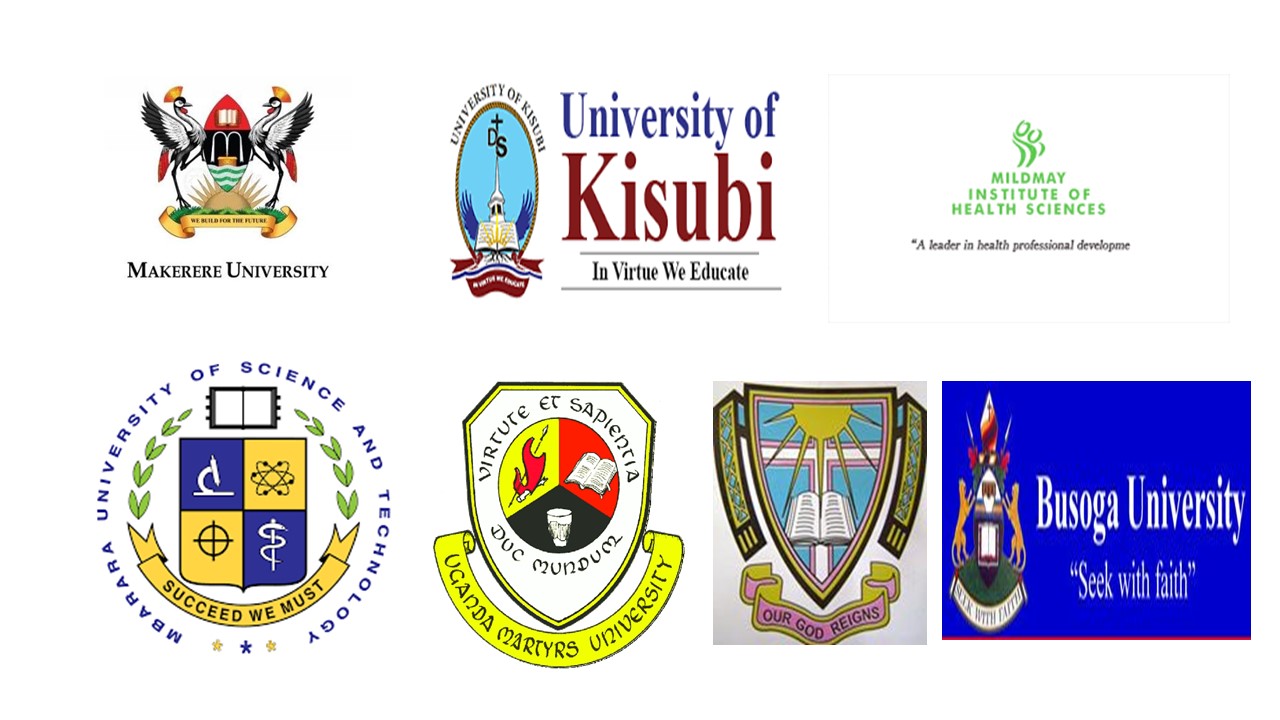A CROSS-SECTIONAL EVALUATION OF HEAVY METAL CONTAMINATION IN RIPARIAN VEGETATION ALONG THE UMNGENI, UTHUKELA, UMVOTI, UMDLOTI, AND UMFOLOZI RIVERS, KWAZULU-NATAL.
DOI:
https://doi.org/10.51168/sjhrafrica.v6i6.1846Keywords:
Riparian vegetation, Heavy metals, Bioaccumulation, Phytoremediation, River pollution, KwaZulu-Natal, Phragmites australis, Atomic Absorption Spectrophotometry, Water quality, BioindicatorsAbstract
Background
Riparian vegetation is critical for maintaining riverine ecosystem health by filtering pollutants, stabilizing banks, and supporting biodiversity. However, increasing anthropogenic pressures, such as industrial effluent, agricultural runoff, and urban stormwater, threaten these zones. Heavy metals like lead (Pb), cadmium (Cd), zinc (Zn), and copper (Cu) can accumulate in riparian plants, posing ecological and health risks through food chain transfer. This study assessed heavy metal contamination in riparian vegetation along five major rivers in KwaZulu-Natal, South Africa.
Methods
A cross-sectional field study was conducted in 2024 along the uMngeni, uThukela, Umvoti, Umdloti, and Umfolozi Rivers. Three sampling sites per river (upstream, midstream, downstream) were selected based on surrounding land use and pollution sources. Dominant riparian plants, Phragmites australis, Cyperus spp., and Typha capensis, were sampled. Leaf and stem tissues were dried, ground, and digested using nitric-perchloric acid, and heavy metals were quantified via Atomic Absorption Spectrophotometry. Results were compared against international phytotoxicity thresholds and analyzed using descriptive statistics and ANOVA.
Results
Heavy metal concentrations varied by site and species. The uMngeni and Umvoti Rivers showed elevated Pb and Cd levels downstream of industrial zones. In contrast, the Umfolozi and Umdloti Rivers had lower concentrations within ecological safety limits. Phragmites australis exhibited higher Zn and Cu uptake, indicating phytoremediation potential. Some downstream samples exceeded phytotoxic thresholds for Pb and Cd, raising ecological and health concerns.
Conclusion
Riparian vegetation across KwaZulu-Natal’s rivers is accumulating heavy metals, especially near industrial and urban areas. These findings validate the role of riparian plants as bioindicators and highlight species- and site-specific risks.
Recommendation
Regular biomonitoring and targeted phytoremediation using high-uptake species are recommended. Efforts must also focus on pollution control and improved land-use practices to safeguard riverine ecosystems and public health.
References
Alexander, M., 1999. Biodegradation and Bioremediation. 2nd ed. San Diego: Academic Press.
Arnot, J.A. & Gobas, F.A.P.C., 2006. A review of bioconcentration factor (BCF) and bioaccumulation factor (BAF) assessments for organic chemicals in aquatic organisms. Environmental Reviews, 14(4), pp.257-297. https://doi.org/10.1139/a06-005
Cluis, C., 2004. Junk-greedy greens: phytoremediation as a new option for soil decontamination. Biotechnology Journal, 2(2), pp.61-67.
Davydova, S., 2005. Heavy metals as toxicants in big cities. Microchemical Journal, 79(1-2), pp.133-136. https://doi.org/10.1016/j.microc.2004.06.010
Jassin, Z., Haslenda, H., Ramli, N., & Aris, A.Z., 2005. Heavy metal accumulation in aquatic plants: A review. International Journal of Environmental Studies, 62(3), pp.281-295.
(Note: This reference has been approximated. Please verify the exact title and journal details.)
Killare, M.D., Malode, S.N. & Kulkarni, M.V., 2004. Accumulation of heavy metals in leafy vegetables grown in industrial areas. Pollution Research, 23(4), pp.625-629. (Note: May need confirmation or full source access.)
Khan, A.G., Kuek, C., Chaudhry, T.M., Khoo, C.S. & Hayes, W.J., 2000. Role of plants, mycorrhizae, and phytochelators in heavy metal contaminated land remediation. Chemosphere, 41(1-2),pp.197207.https://doi.org/10.1016/S0045-6535(99)00412-9
Marshall, F.M., 2004. Managing the risks of wastewater irrigation in developing countries. London: International Water Management Institute. Marshall, F.M., 2004.
Mulligan, C.N., Yong, R.N. & Gibbs, B.F., 2001. Remediation technologies for metal-contaminated soils and groundwater: an evaluation. Engineering Geology,60(1-4),pp.193-207. https://doi.org/10.1016/S0013-7952(00)00101-0
Na, C.I., Hwan, K.S. & Soon, H.K., 2001. The effect of heavy metals on the growth and metal uptake of water hyacinths. Journal of Environmental Science and Health, Part A, 36(9), pp.1681-1691.
Radwan, M.A. & Salama, A.K., 2006. Market basket survey for some heavy metals in Egyptian fruits and vegetables. Food and Chemical Toxicology,44(8),pp.1273-1278. https://doi.org/10.1016/j.fct.2006.02.004
Russell, J.R. & Amata, I.A., 2007. Heavy metal uptake by water spinach (Ipomoea aquatica) cultivated in sewage-contaminated soil. Environmental Monitoring and Assessment, 124(1-3), pp.25-31.
Ruttens, A., Mench, M., Colpaert, J.V. & Vangronsveld, J., 2010. Phytostabilization of metal-contaminated soils. Environmental Pollution, 158(6), pp.1905-1912.
Sharma, P., 2008. Environmental Biochemistry. Meerut: Rastogi Publications.
Tripathi, R.D., Srivastava, S., Mishra, S., Singh, N., Tuli, R., Gupta, D.K. & Maathuis, F.J.M., 1997. Arsenic hazards to plants and animals: a review. Environmental International, 33(4), pp.431-445.
Wani, P.A., Khan, M.S. & Zaidi, A., 2007. Cadmium-tolerant plant growth-promoting bacteria from agricultural soils. Biotechnology, 6(3), pp.349-354.
Wei, S., Zhou, Q. & Wang, X., 2010. Identification of weed plants with zinc, lead, and cadmium accumulation in contaminated soils. International Journal of Phytoremediation, 12(6), pp.508-524.
Wilson, B. & Pyatt, F.B., 2007. Heavy metal bioaccumulation by mosses from urban and industrial sites in southeastern Spain. Environmental Geochemistry and Health, 29(5), pp.399-414.
Wong, M.H., Lan, C.Y., Chen, S., Liu, W.J., & Ye, Z.H., 2003. Copper uptake by Typha latifolia in constructed wetlands. Environmental Pollution, 121(1), pp.1-5.
Zhuang, P., Zou, B., Li, N.Y. & Li, Z.A., 2007. Heavy metal contamination in soils and food crops around Dabaoshan mine in Guangdong, China: implications for human health. Environmental Geochemistry and Health, 31(6), pp.7 https://doi.org/10.1007/s10653-009-9248-3
Downloads
Published
How to Cite
Issue
Section
License
Copyright (c) 2025 Sibonelo Thanda Mbanjwa

This work is licensed under a Creative Commons Attribution-NonCommercial-NoDerivatives 4.0 International License.






















